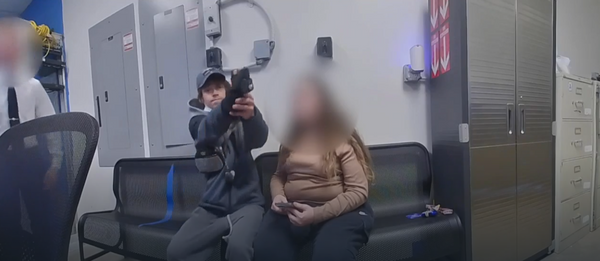
We live in a world obsessed with hustle and bustle, where everything needs to be done quickly and efficiently – especially household chores and spring cleaning.
However, this fast-paced approach can leave you feeling overwhelmed, frustrated, and exhausted, emotions we’d rather leave behind with winter, so we can make the most of the longer, milder days spring brings.
That’s why professional cleaners and organizers recommend embracing 'slow cleaning' this spring instead, turning your sprint into a marathon by spreading chores out over weeks, or even months. Here’s why they love this cleaning tip, and how you can use it yourself.
Why you should try slow cleaning this spring
Rather than diving headfirst into an ultimate spring cleaning checklist, slow cleaning encourages you to break the tasks up into manageable chunks on your own timeline.
Whether that means spending longer preparing for spring cleaning, or trying the different day, different room housekeeping schedule is up to you.
All that matters is that you don't race to get everything done in one go.
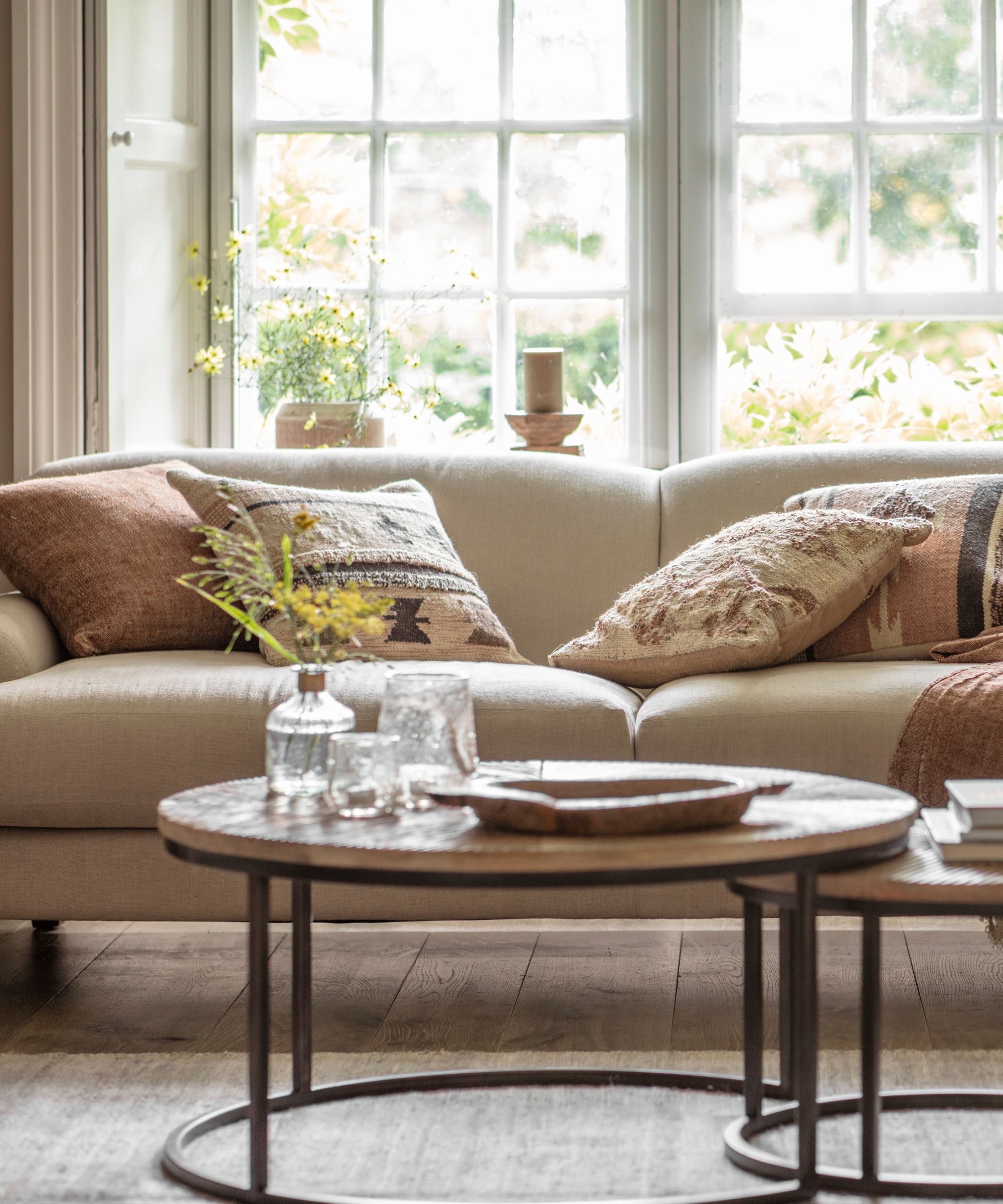
Ken Doty, cleaning expert at The Maids explains, ‘The practice of slow cleaning is one where you don't focus on cleaning everything as fast as you can to tick it off your to-do list, but rather take your time and make cleaning fun, so you enjoy the process while you clean.'
Enjoying cleaning might sound like a farfetched goal for many of us, but it is a great way to get motivated to clean.
While you do not need to make it a mindfulness exercise or use it as a time for practicing gratitude, it can certainly help to make the experience more relaxing and enjoyable – especially when dealing with the most forgotten spring cleaning dirt spots.
These are the seven ways the experts use slow cleaning to help shut off from the busy outside world:
1. Try one task a day
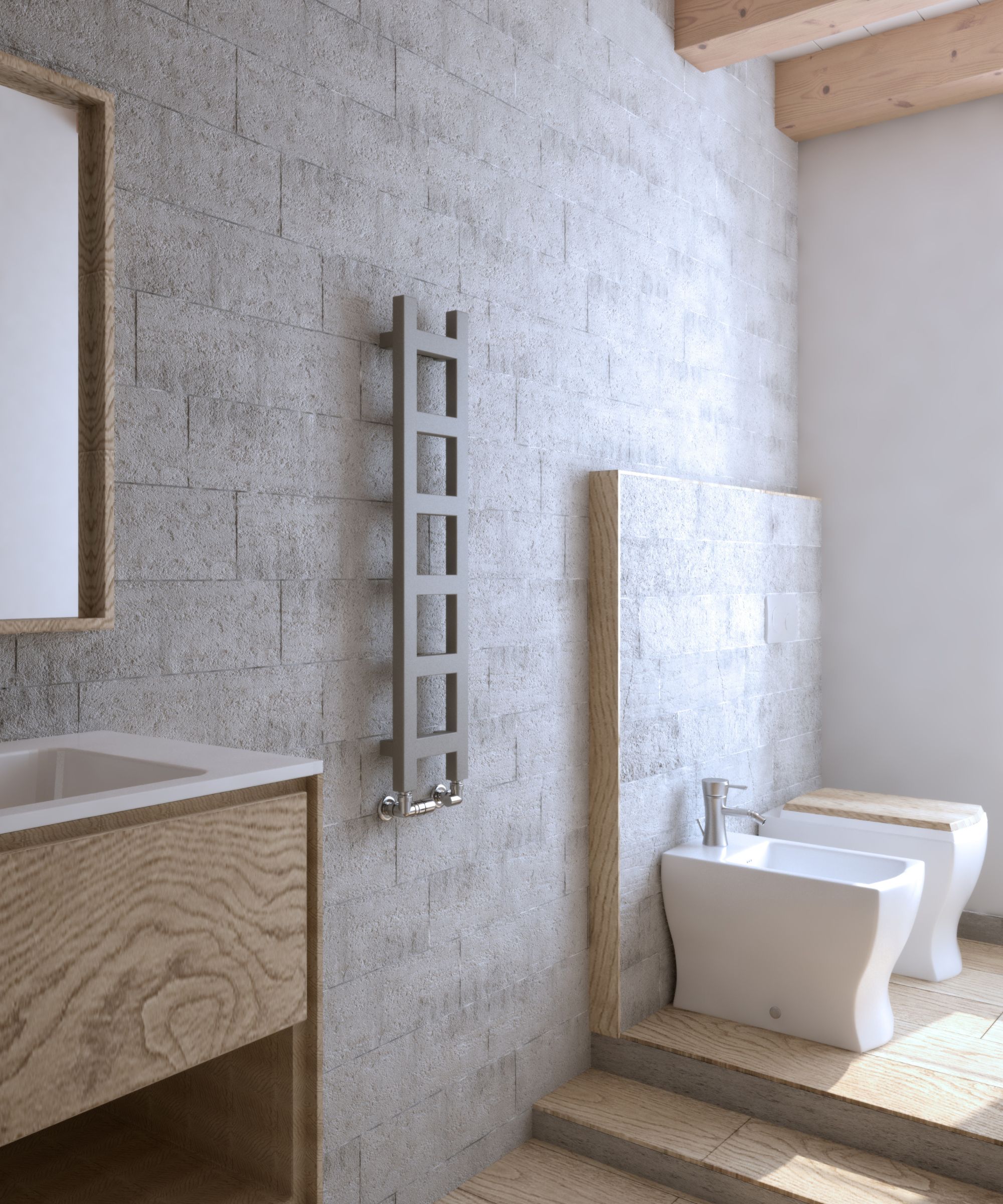
While there is generally little need to clean every day, it can be helpful to do little and often when it comes to big deep cleans in spring.
Nate Masterson, health and wellness expert at Maple Holistics shares, 'One cleaning tactic I use is to perform one small cleaning task a day. This ensures that things don’t build up over time and you’re left with a mess that can cause anxiety and seem far more overwhelming.
‘Break up your cleaning tasks throughout the week so that you focus on one thing per day.'
For example, you could deep clean an oven on day one, stopping your chores for the day once it's complete. Then, move on to deep cleaning carpets on day two, and so on.
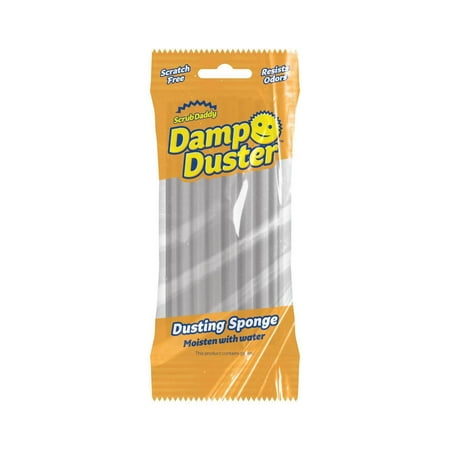
Make the tasks you do each day even easier by investing in the right tools. This Damp Duster quickly picks up dust, rather than spreading it around, to make spring cleaning more effective.

When cleaning between rooms, use a multi-purpose disinfectant spray, killing germs and removing grease from all surfaces without needing to drag a whole cleaning cart behind you.
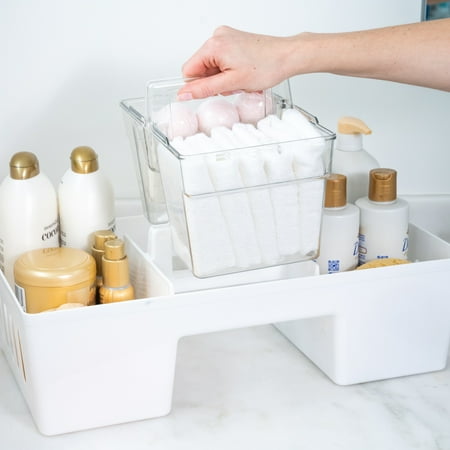
Designed to maximize under-cabinet storage, this large storage caddy comes with a removable inner caddy that can be removed and carried around for smaller tasks.
2. Take regular breaks
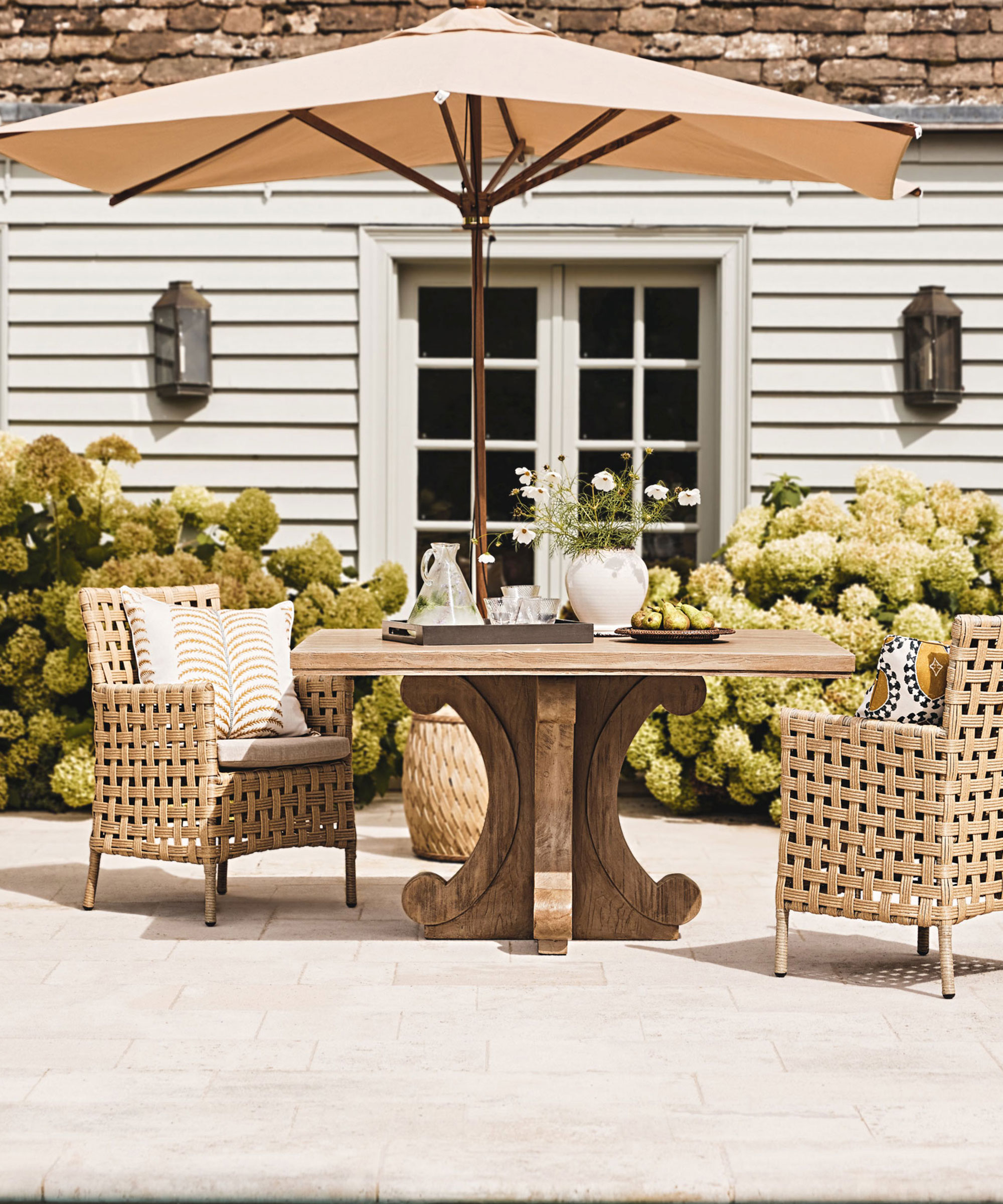
If you don't want to spread spring cleaning out over days and weeks, consider taking short breaks between tasks. This time management tip for a smooth running home helps to prevent fatigue.
Ken Doty shares, 'Another thing I like to do while practicing slow cleaning is to do a little then take a break. For instance, if you are cleaning your oven. Maybe clean the window first, then take a break turn on some music or watch some TV, then go back and clean the inside and the racks.
'This makes cleaning a much more enjoyable process and limits the stress that cleaning your whole house can cause.'

Using a planner and writing down your goals is one of the best ways to set yourself up for a successful decluttering session and successfully spring clean. This Papier journal comes with daily to-do lists, habit trackers, and goal-planning sheets to help you set targets and foster healthier routines.
3. Work with a body double
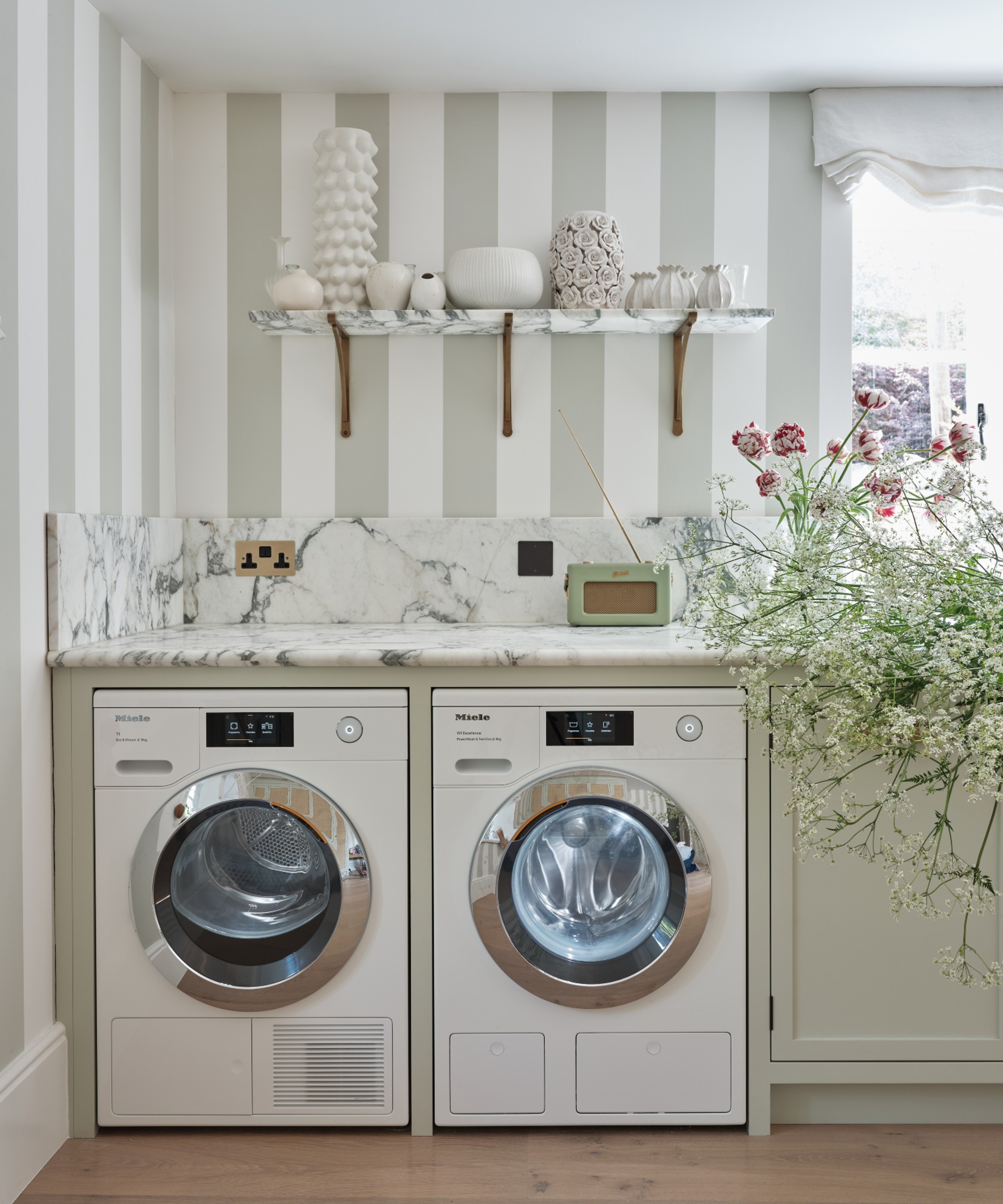
Scheduling some cleaning time with a friend or loved one can make the process feel more social, plus body doubling is a great way to stay motivated. Plus, you are forced to spread tasks out based on availability.
Dana Baker Williams, ADHD and anxiety coach, and founder of Parenting in Real Life, explains, 'Body-doubling is a strategy used to help individuals with ADHD stay focused and on task by having a supportive individual nearby while they work.
'This technique involves someone else being physically present in the same space (or on Zoom as Covid taught us), working on their own tasks quietly, which creates a sense of accountability and companionship.
'Knowing that someone else is nearby working can help motivate you to start and continue tasks, creating a supportive environment that reduces the likelihood of procrastination and encourages productivity.
'What's more, body-doubling can also provide emotional support, especially during challenging or overwhelming tasks. The presence of a supportive individual can help alleviate feelings of anxiety or frustration and provide encouragement when needed. '
If you don't have someone to double up with on a call or in person, pop a video on to keep you company.
4. Make it a mindful exercise
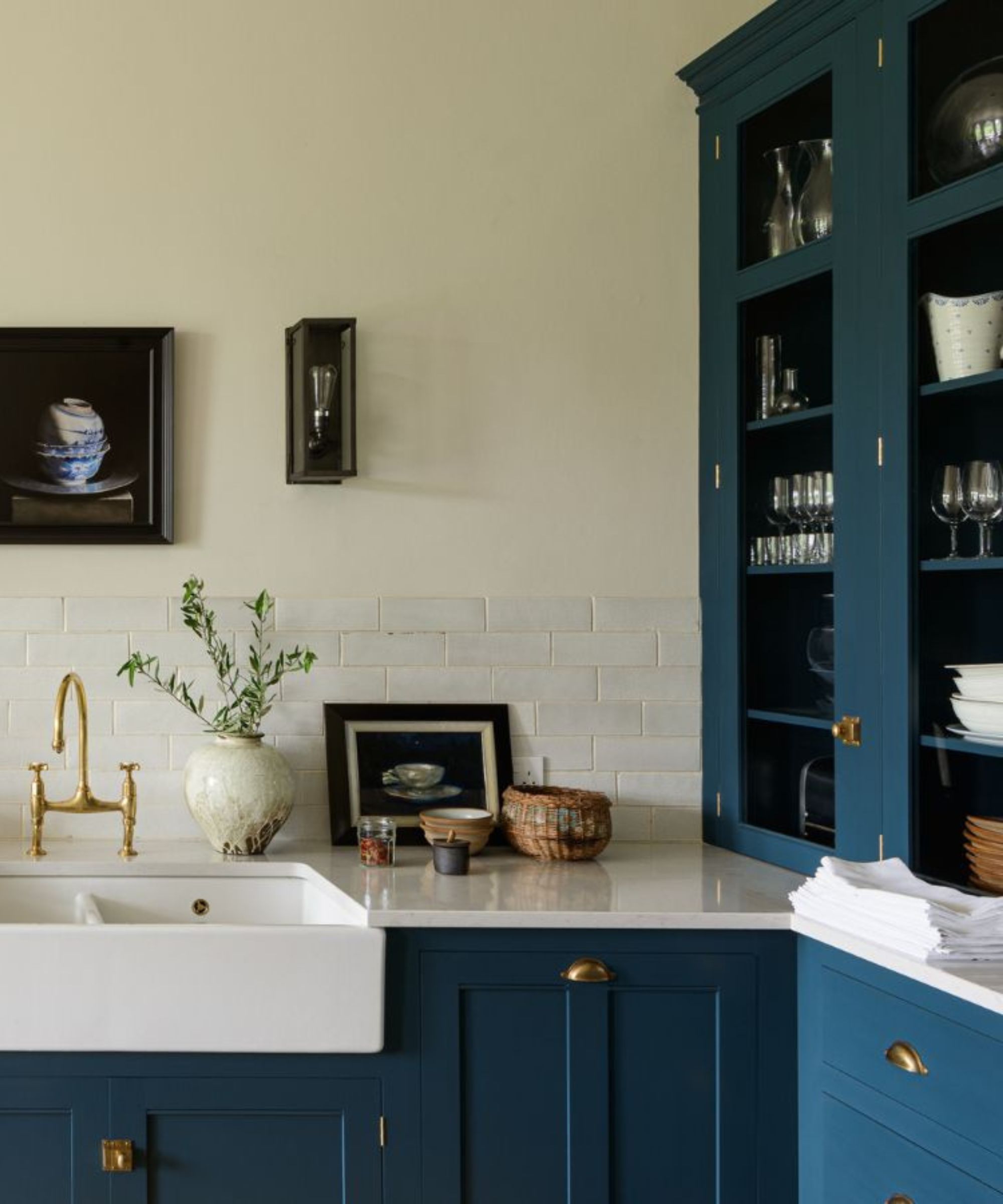
If you want to create a more mindful home, your spring cleaning routine is a great place to start, suggests Echo Wang, CEO and Founder of Yoga Kawa. They say, ‘Instead of viewing cleaning as a chore, approach it with a sense of intention.
‘Put on some calming music, light a scented candle, and focus on the satisfaction of creating a clean and organized space. Don't push yourself too hard. Listen to your body and take breaks when needed.
'A clean space should support your well-being, not compromise it.’
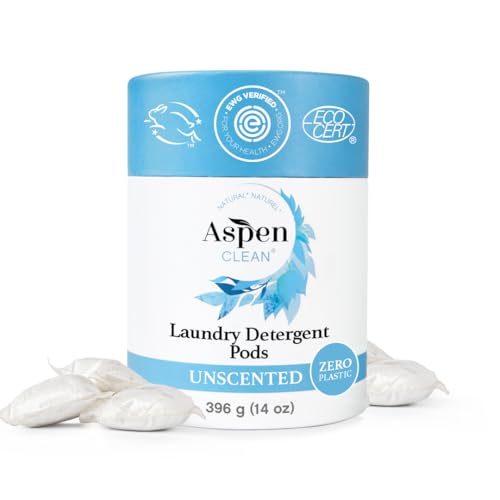
Being more mindful also comes down to the products you use in your home. Cutting out toxic chemicals is a great way to boost wellbeing. For example, Environmental Working Group (EWG) Certified, these laundry pods are certified healthier for use in your home, helping to cut out toxic laundry room items.
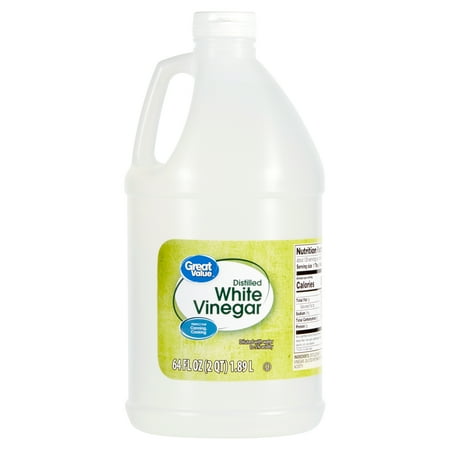
Cleaning with vinegar is one of the best ways to deep clean your home, killing bacteria, pathogens, and mold from all surfaces from upholstery to counters.

This all purpose cleaner is completely safe for use around children and pets, as it is free from toxic chemicals and artificial fragrances and dyes.
5. Focus on mindful decluttering
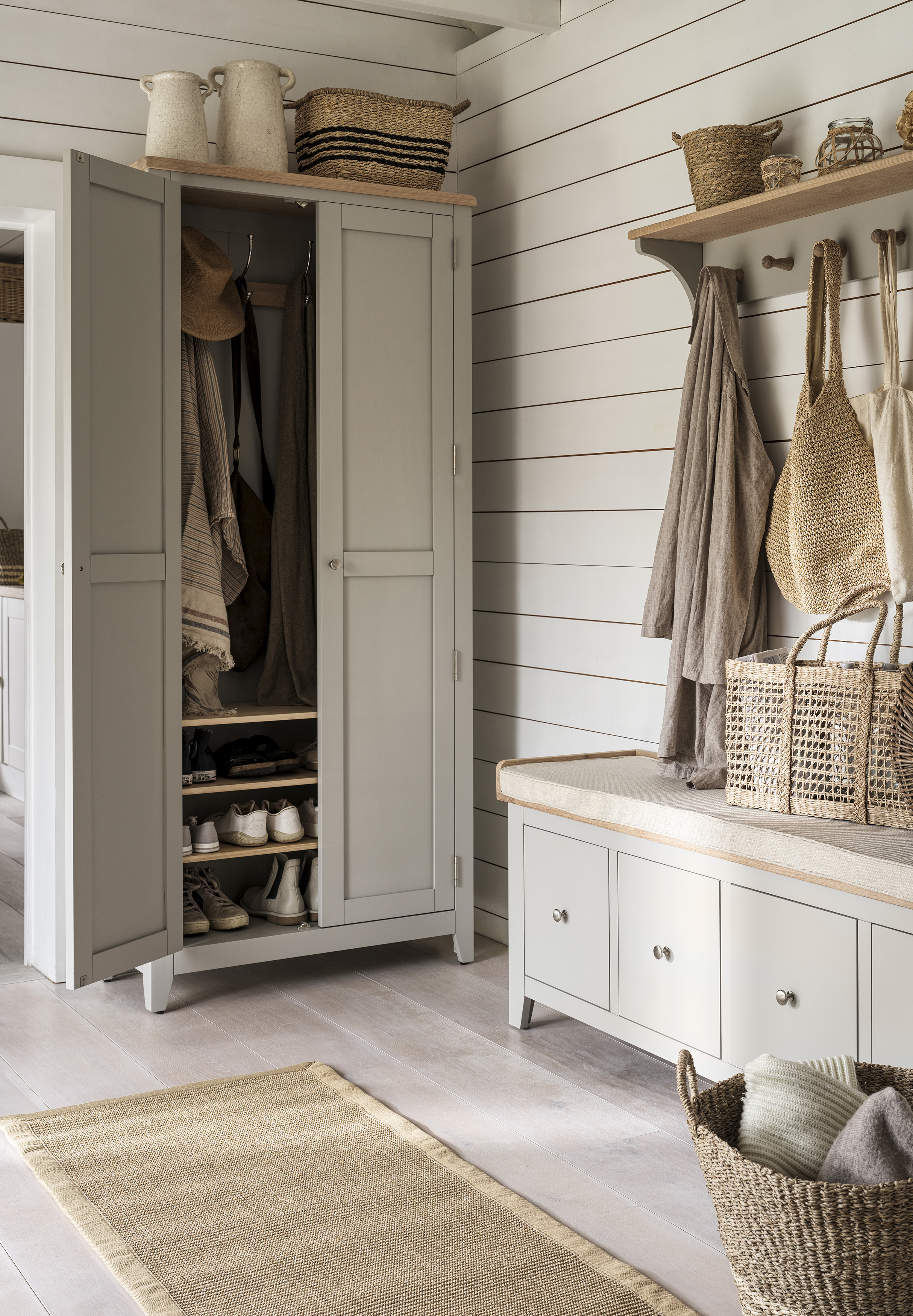
Decluttering can be stressful, but there is a great benefit to having fewer items cluttering up counters and cabinets, reminds Nate Masterson, health and wellness expert.
He says, ‘The best way to stay on top of things is to have less clutter. By getting rid of things around the house that you don’t use, you’ll have more space and less cleaning to do. Once you’ve done this, you’ll have more time to focus on the important things around your house and ensure that they are always clean and that your rooms are clutter-free.’
That being said, decluttering too much can be just as damaging as decluttering too little when it comes to our mental health, so be mindful when decluttering to not get rid of items you love, especially when decluttering sentimental items, or you might end up with a severe case of declutter regret.
If you want to learn more about mindful decluttering, consider reading Marie Kondo's The Life-Changing Magic of Tidying Up, available at Amazon. Our Solved news writer Ottilie Blackhall loved it, and learned seven lessons from Marie Kondo's book that fundamentally changed how she saw decluttering.

Baskets are the best go-to for creating drop zones. Be they in your entryway, living room, or hallway, they can quickly corral clutter making it easier to put away at the end of the week.

For those items you are not decluttering, but don't need immediate access to, an air tight storage tote is prefect, protecting items from damage in attic and basement storage.

Under-bed storage is perfect for seasonal storage, keeping off-season items such as coats, comforters, and clothing out of the way, but easy to access at the end of each season.
6. Try the Pomodoro timer
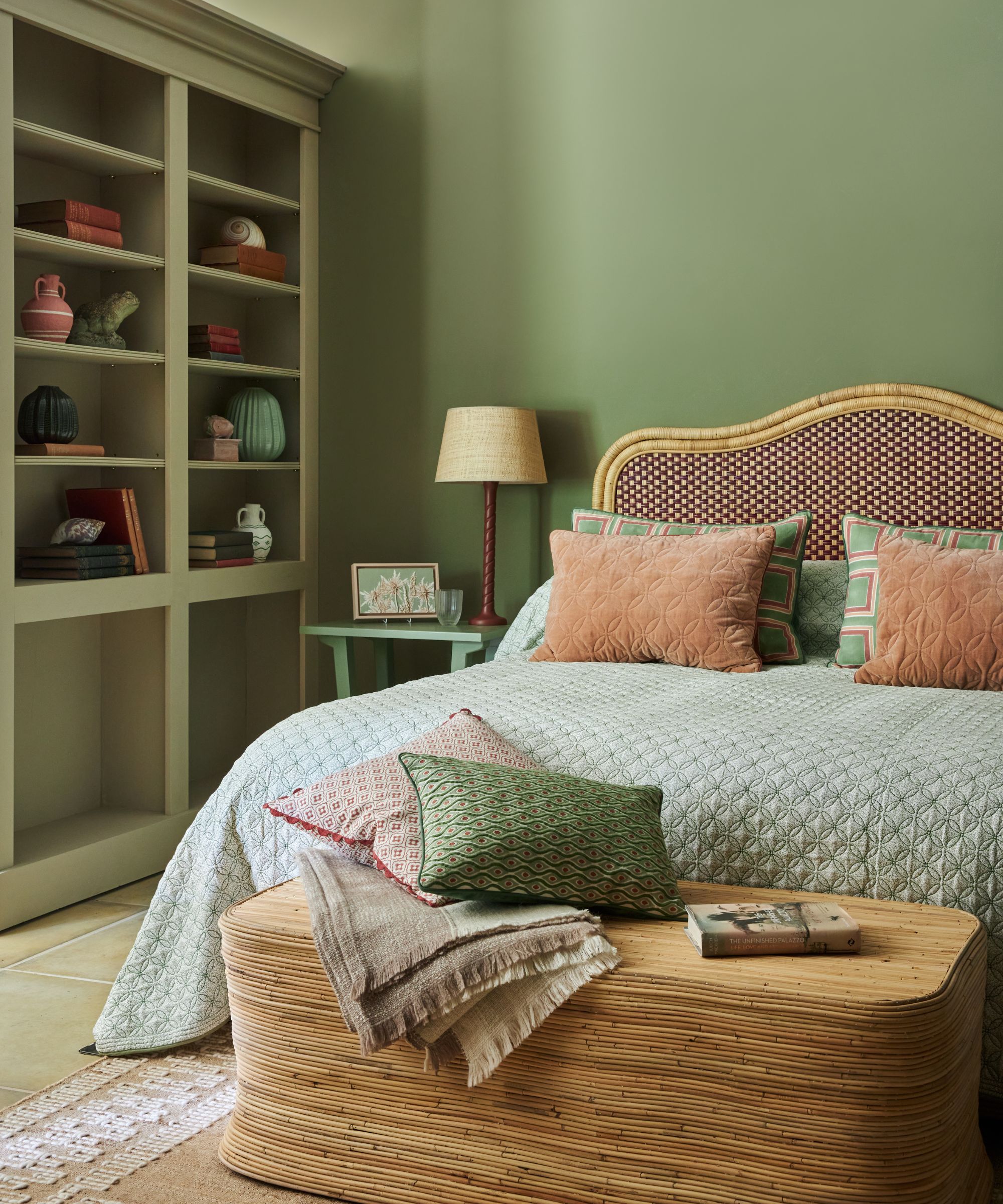
Whether you are looking to spring clean your house in one day or are spreading a series of tasks over a few weeks, using something like the Pomodoro timer can ensure that you take frequent breaks to avoid wearing yourself out.
Dela Gomasi, Managing Director at MaidForYou explains, ‘The biggest hack I can recommend is using a Pomodoro timer, cleaning in 25-minute blocks. Set the timer and clean; don't do anything else.
‘Once the timer has run down, stop cleaning and rest for five minutes. Once the rest timer has run down and your Pomodoro timer starts again, go back to cleaning for 25 minutes. I recommend this to be done in blocks of four. By the end, you'd have cleaned your home for 100 minutes.
‘If you do this once a week, in about a month you'll see an incredible transformation of your living space.’
7. Clean as you go
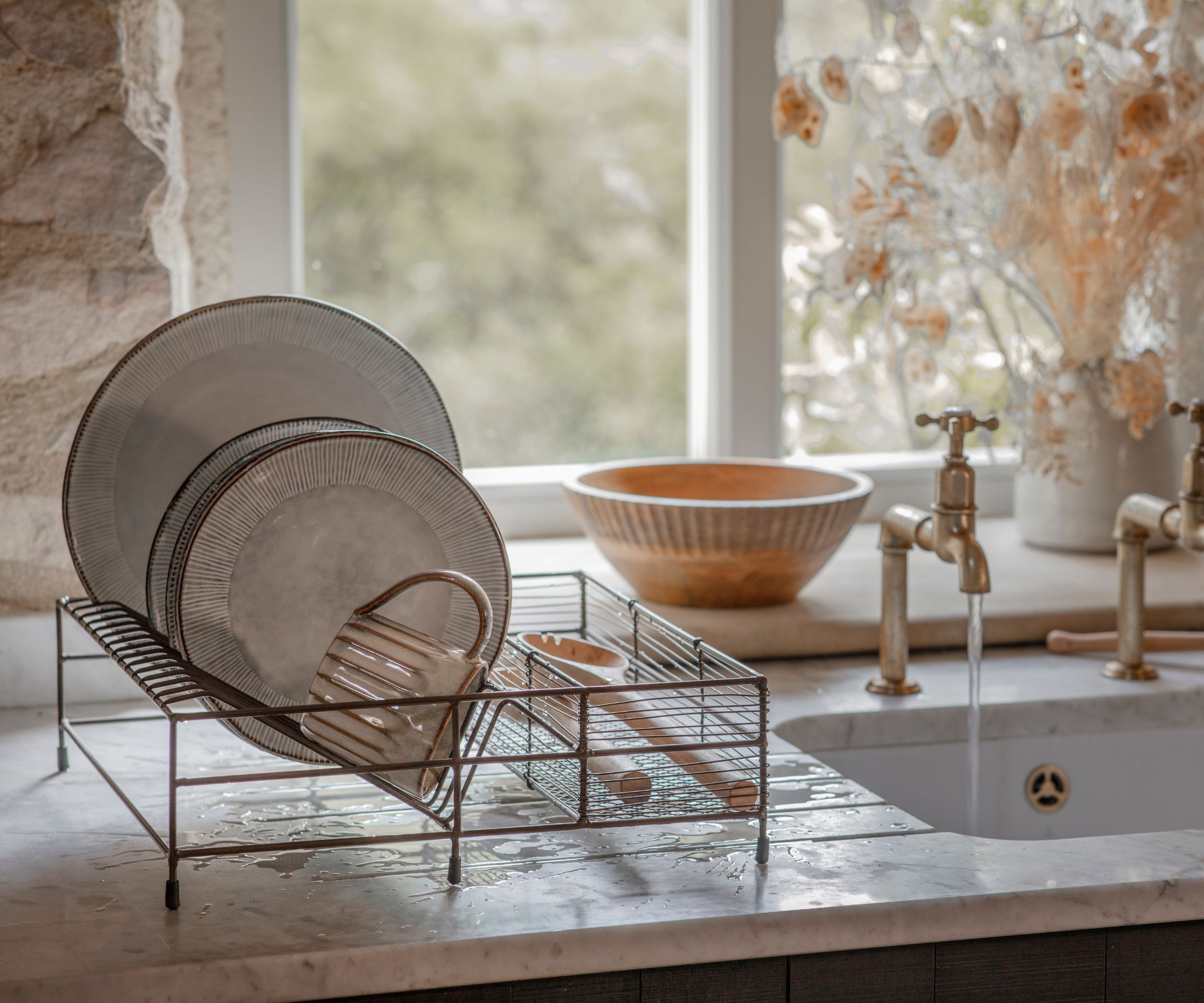
Rather than trying to rush around and make time to clean our house when you're too busy, consider doing little and often and cleaning as you go, even with deep cleaning tasks.
The experts at Nationwide Cleaning suggest, 'It's a more mindful and sustainable approach that allows cleaning to become a seamless part of daily life, promoting a sense of accomplishment without the burden of an exhaustive seasonal overhaul.
'For example, instead of scrolling through your phone during a break, take a few minutes to wipe down kitchen counters, tables, or other surfaces. It also makes sense to do some routine maintenance like wiping down bathroom surfaces after your morning shower.'
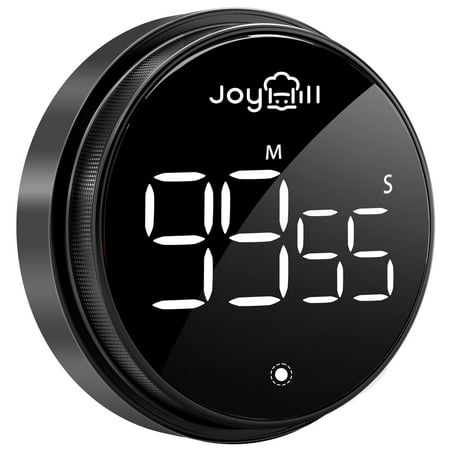
We can set a timer on our phones, but some might find the apps distracting, leading to further procrastination. Lock your phone away and consider using a separate timer instead to lock-in and focus on your chores.
FAQs
What is the 30 minute cleaning rule?
The 30-minute cleaning rule means spending 30 minutes per day dedicated to cleaning your home, picking a different spot each day to tackle, and putting the tools down when the 30 minutes is up. This is a great way to prevent larger messes from accumulating, while reducing fatigue when maintaining a home.
What should you focus on in spring cleaning?
When spring cleaning your home, you should focus on the tasks you usually don't do the rest of the year. For example, while you clean a bathroom regularly though the year, you might not clean shower curtains or bathmats often, making these ideal spring cleaning focuses. Similarly, you might deep clean carpets, rather than just vacuum them, or clean out kitchen cabinets, rather than just organize them.
Even when it feels overwhelming, it can be incredibly beneficial to do some deep cleaning tasks each year, as spring cleaning is good for your well-being. Even if it takes you all spring to tackle just a few tasks, you should start to see some improvement around your home.


